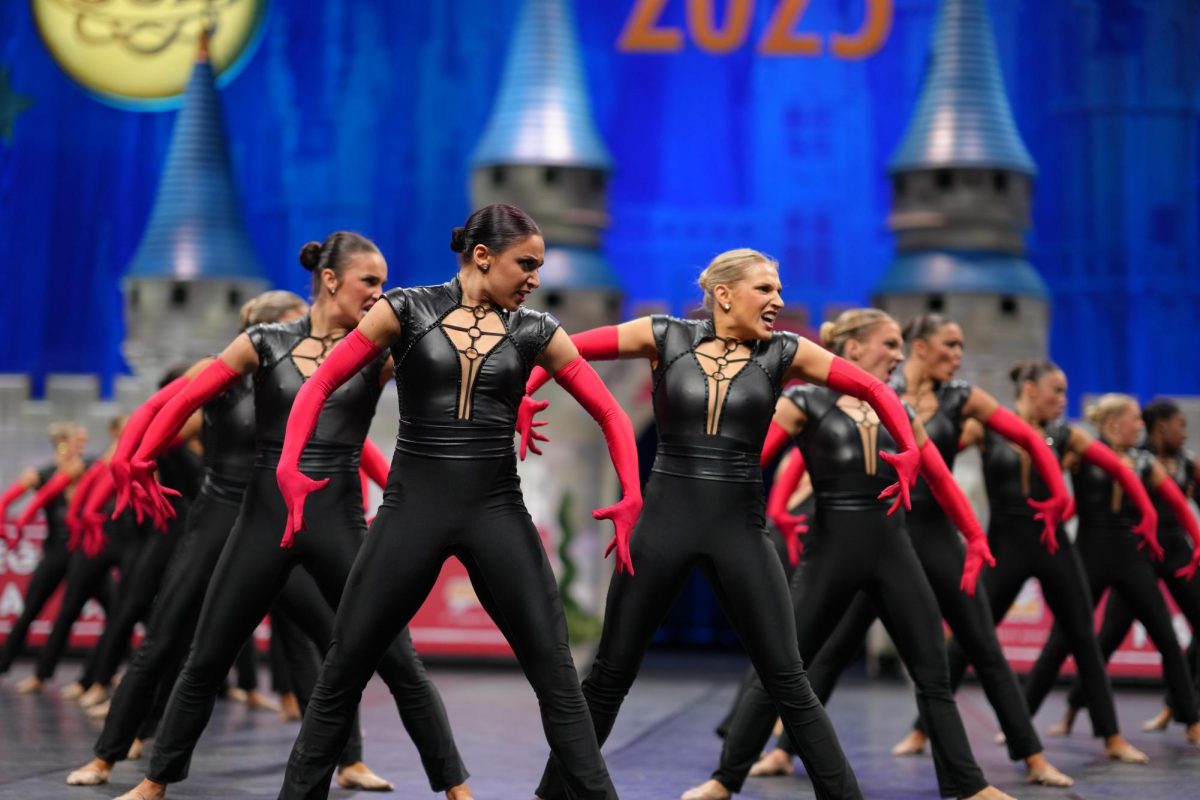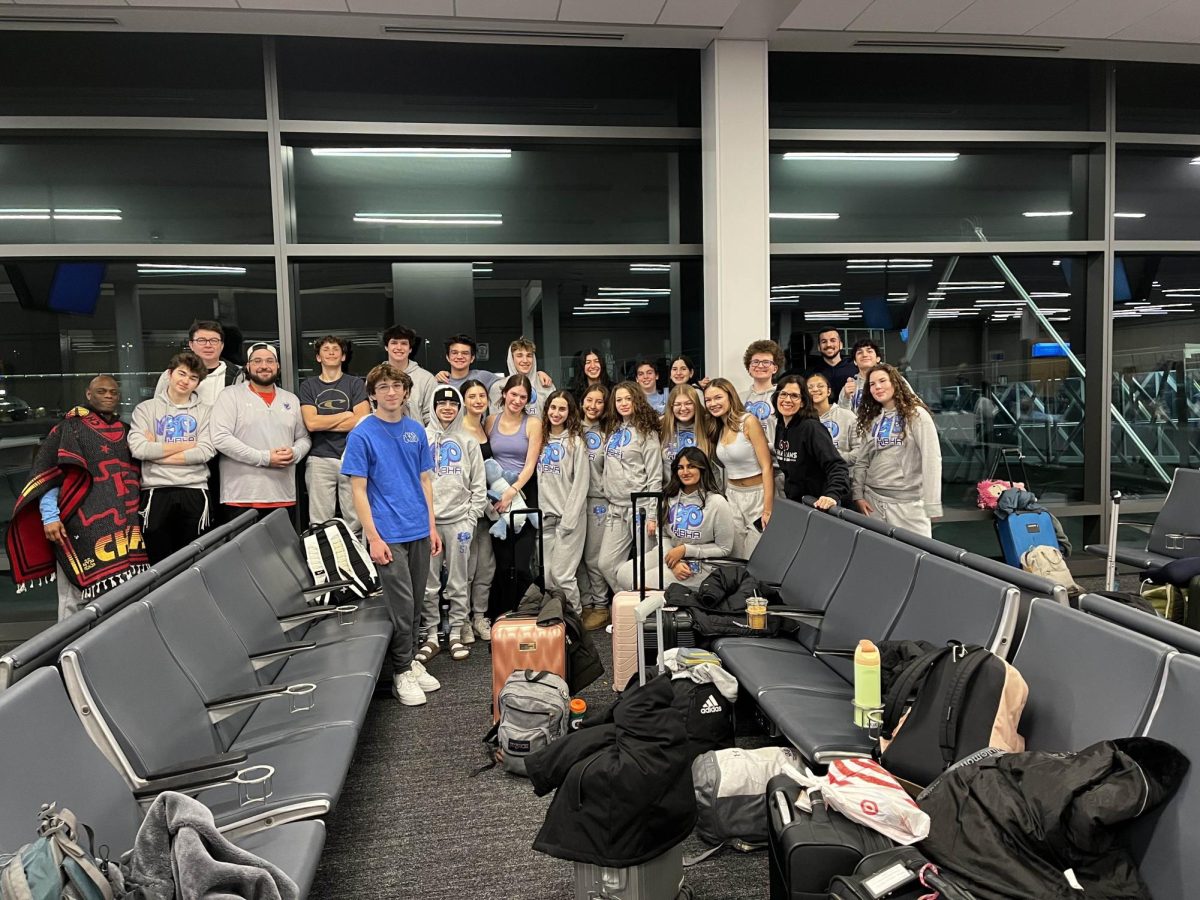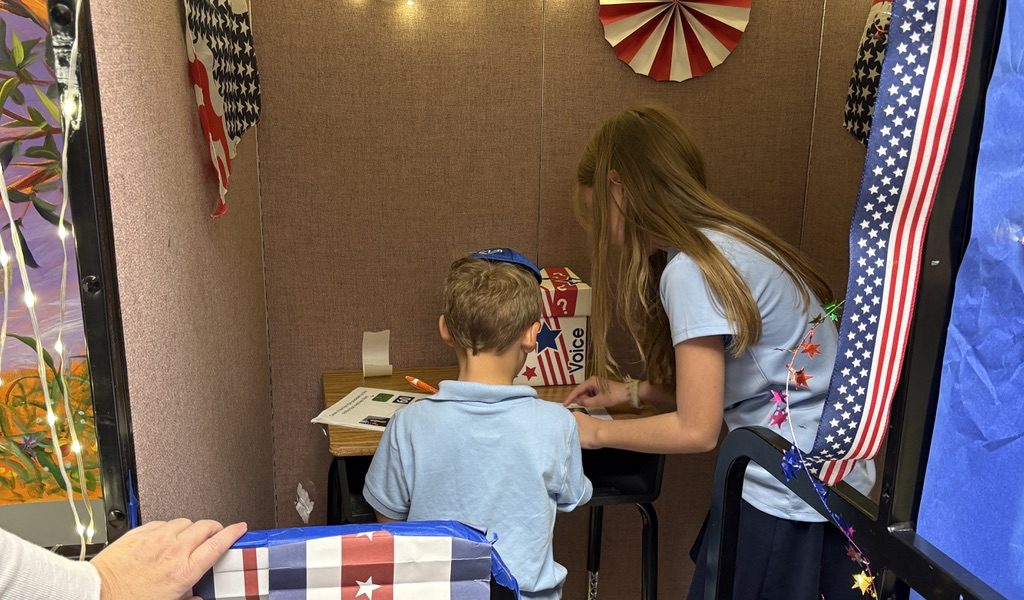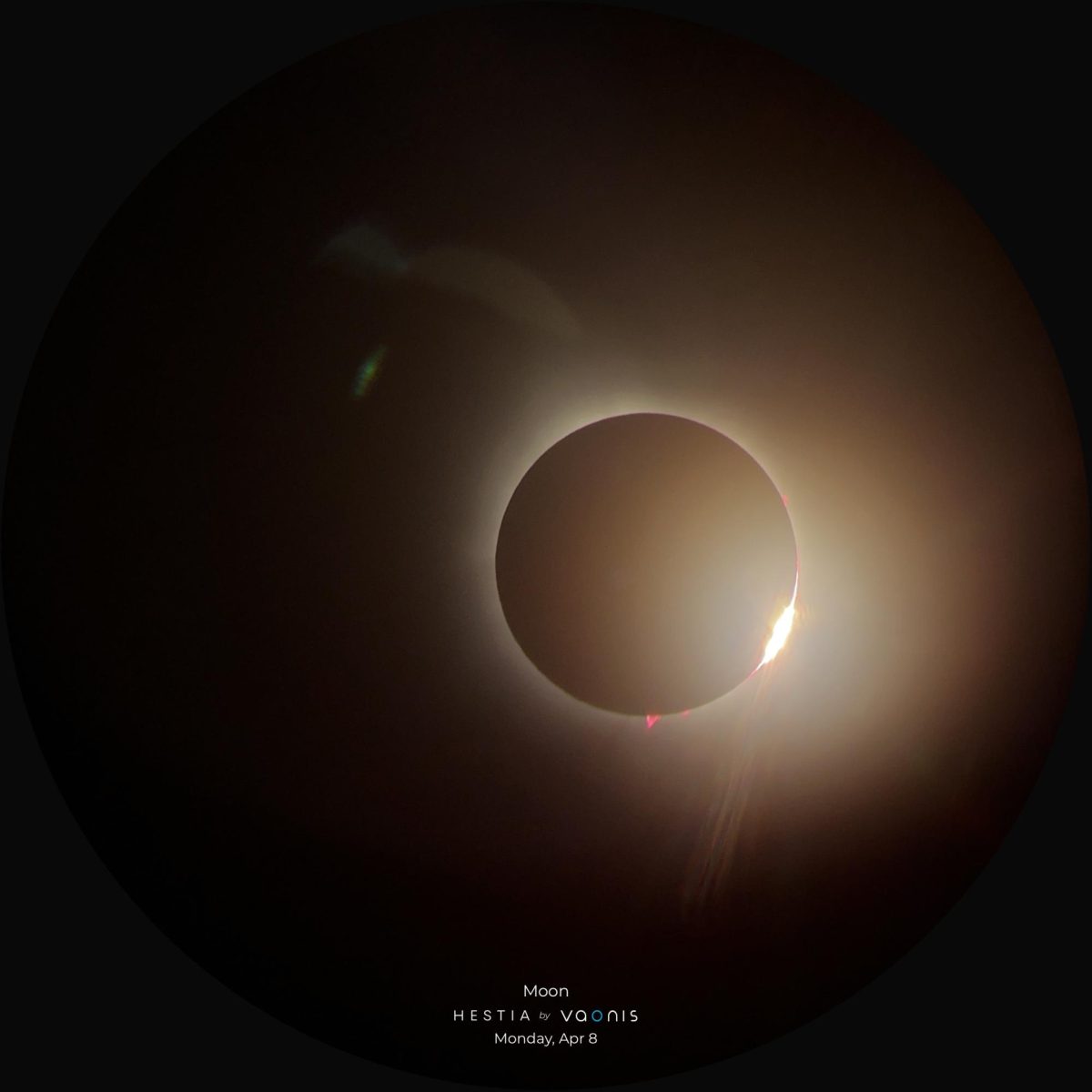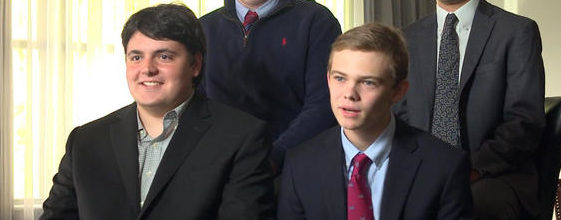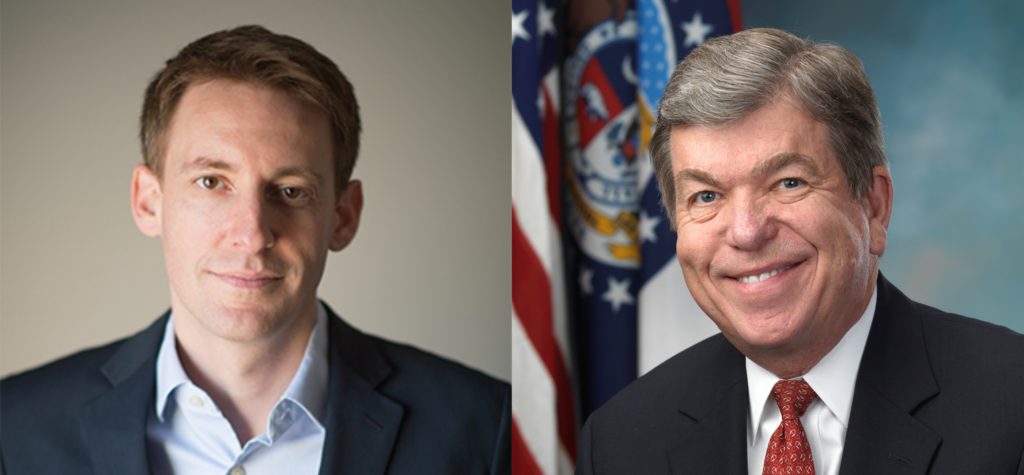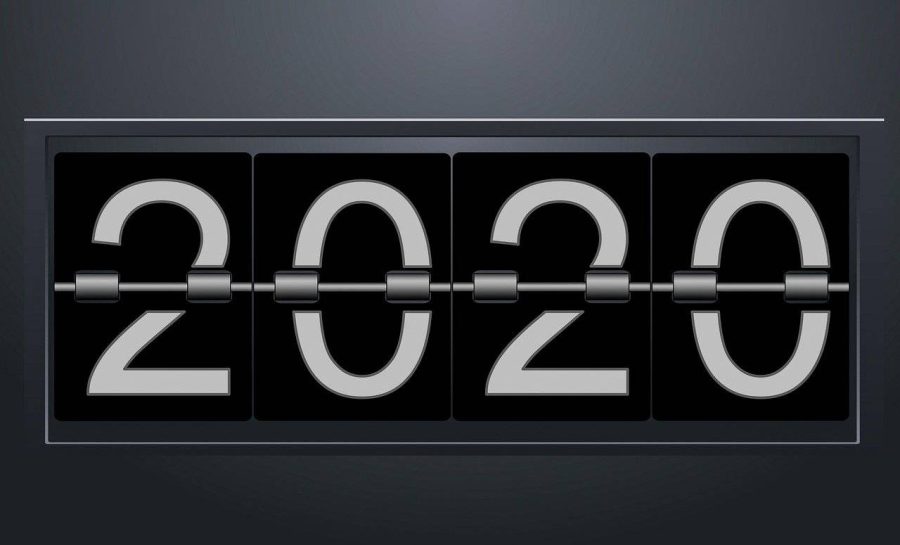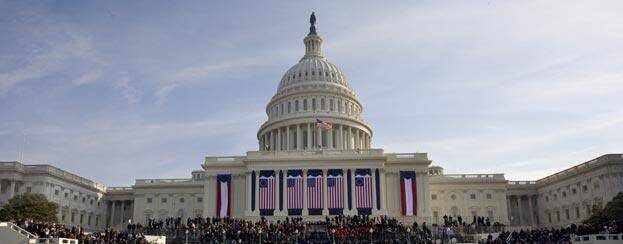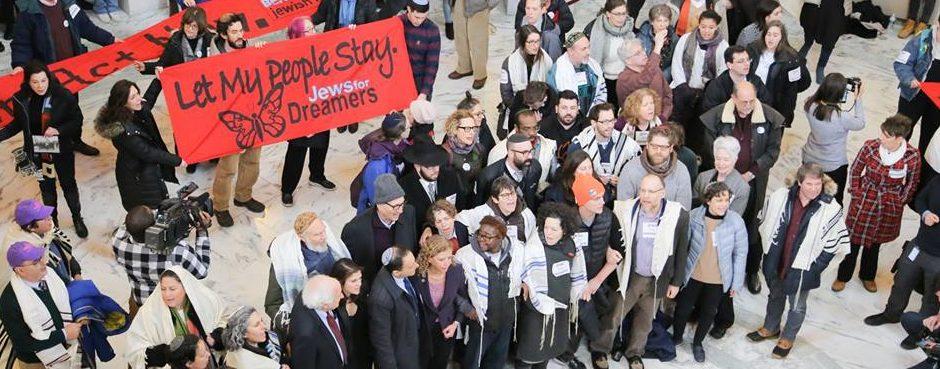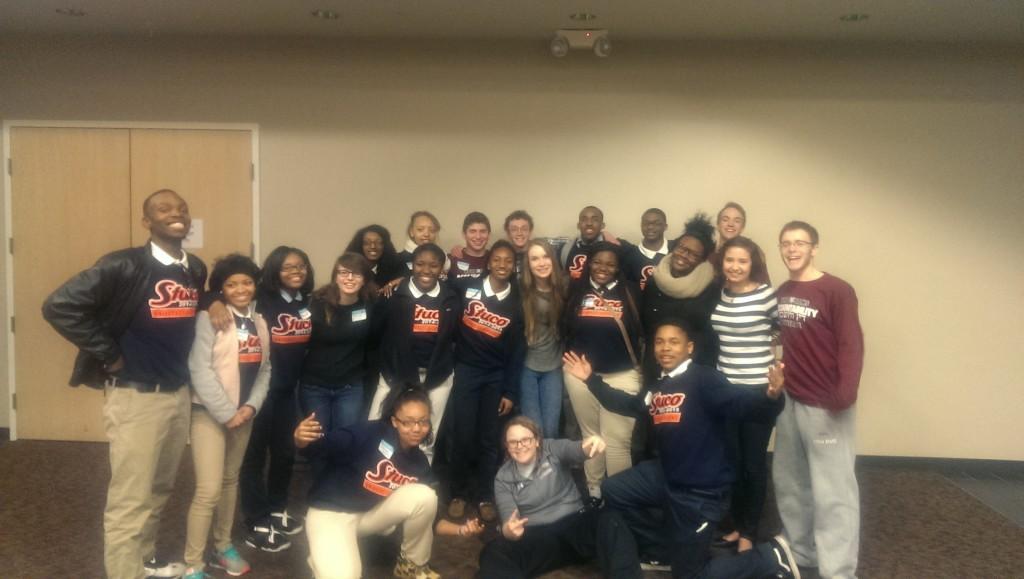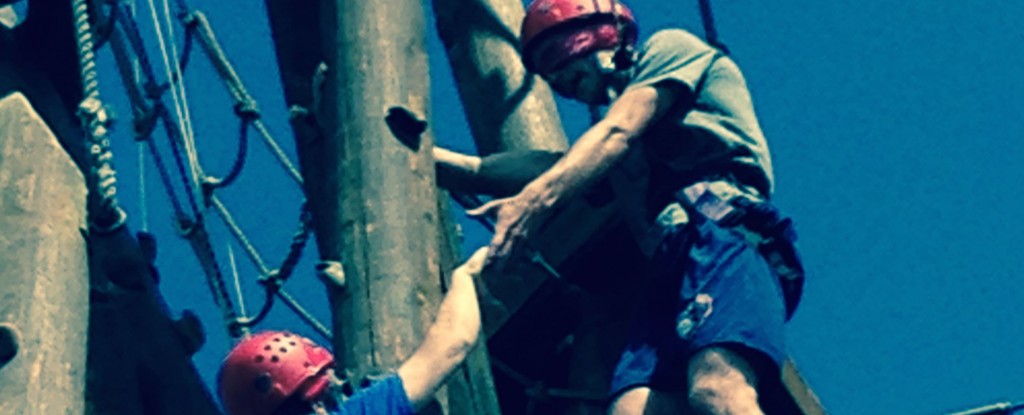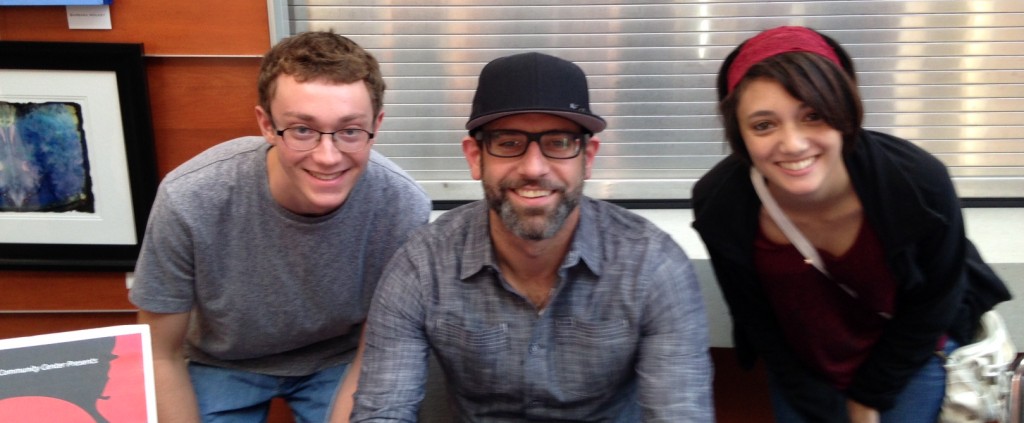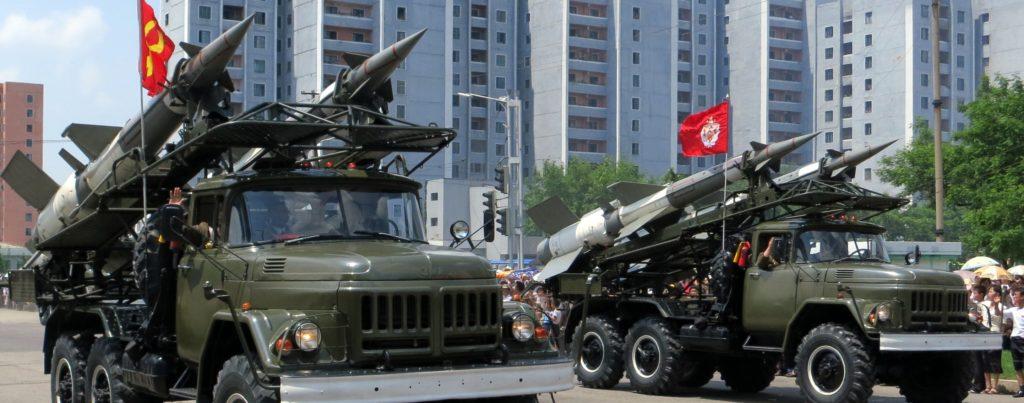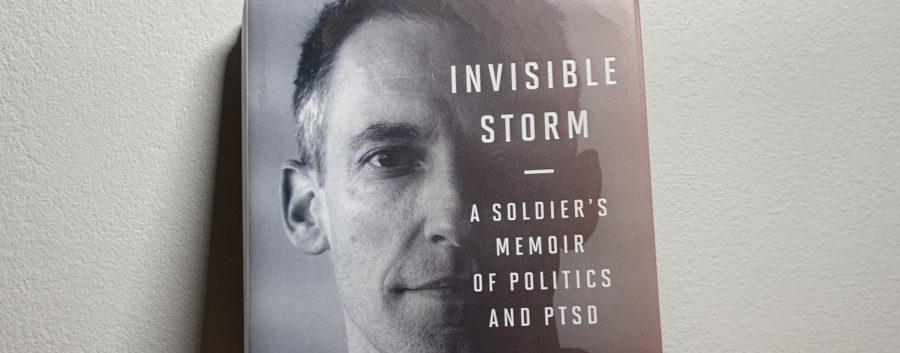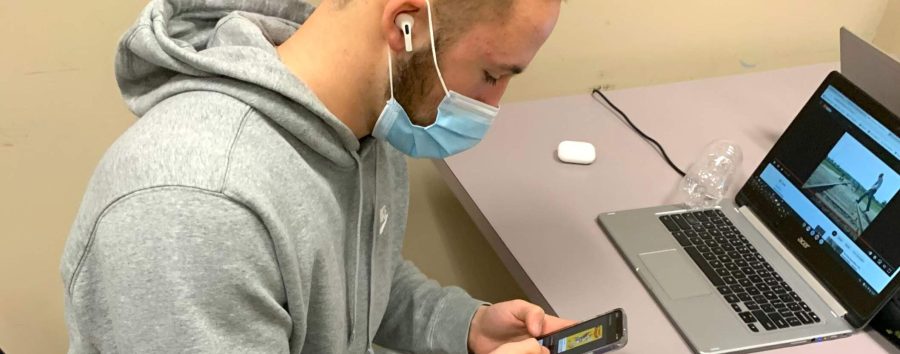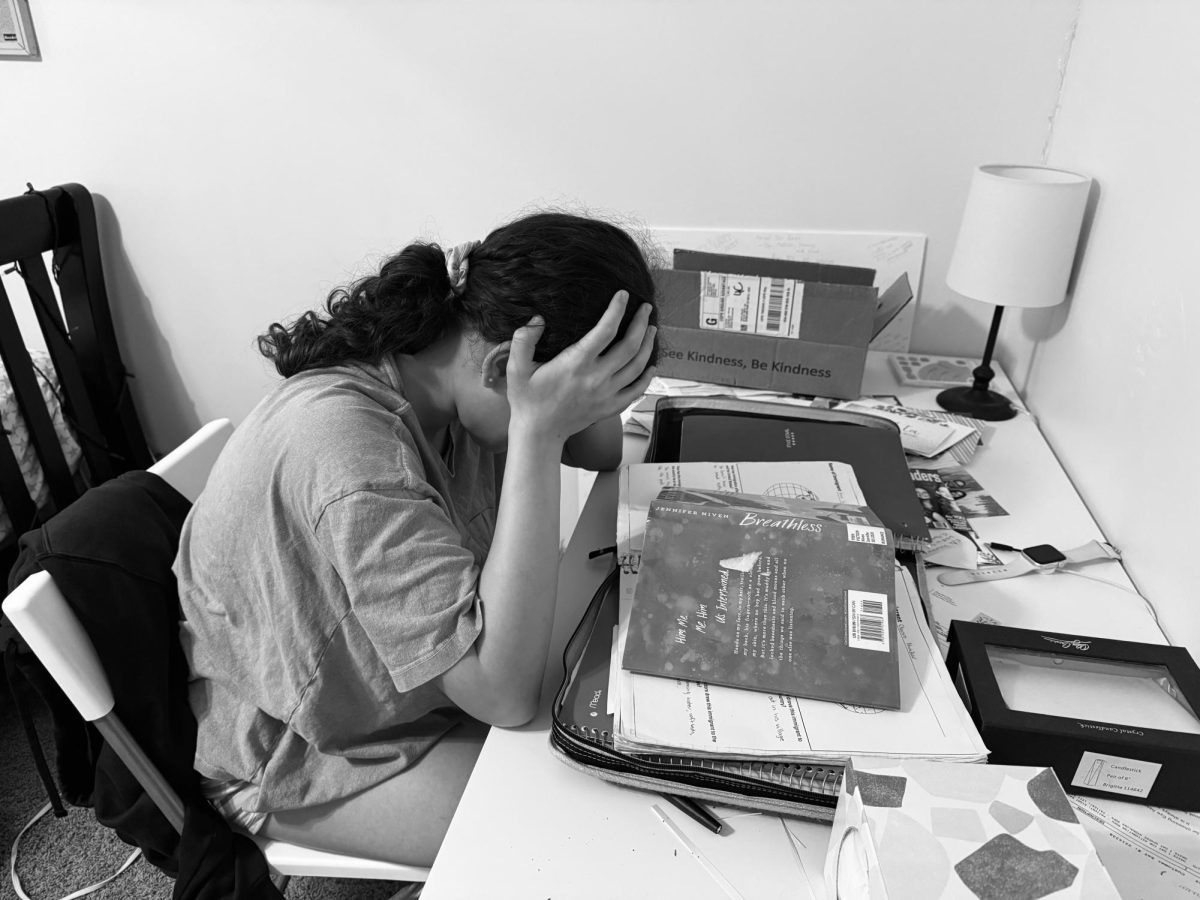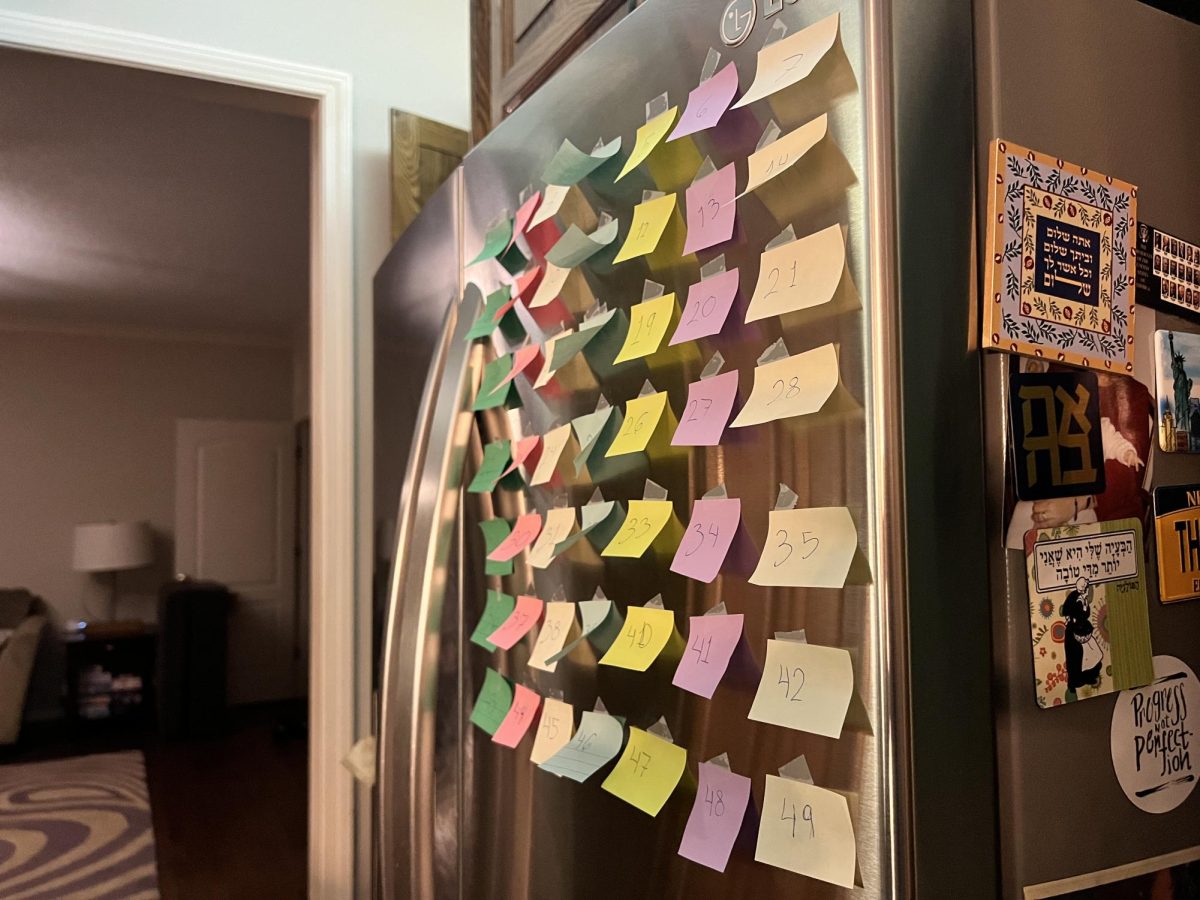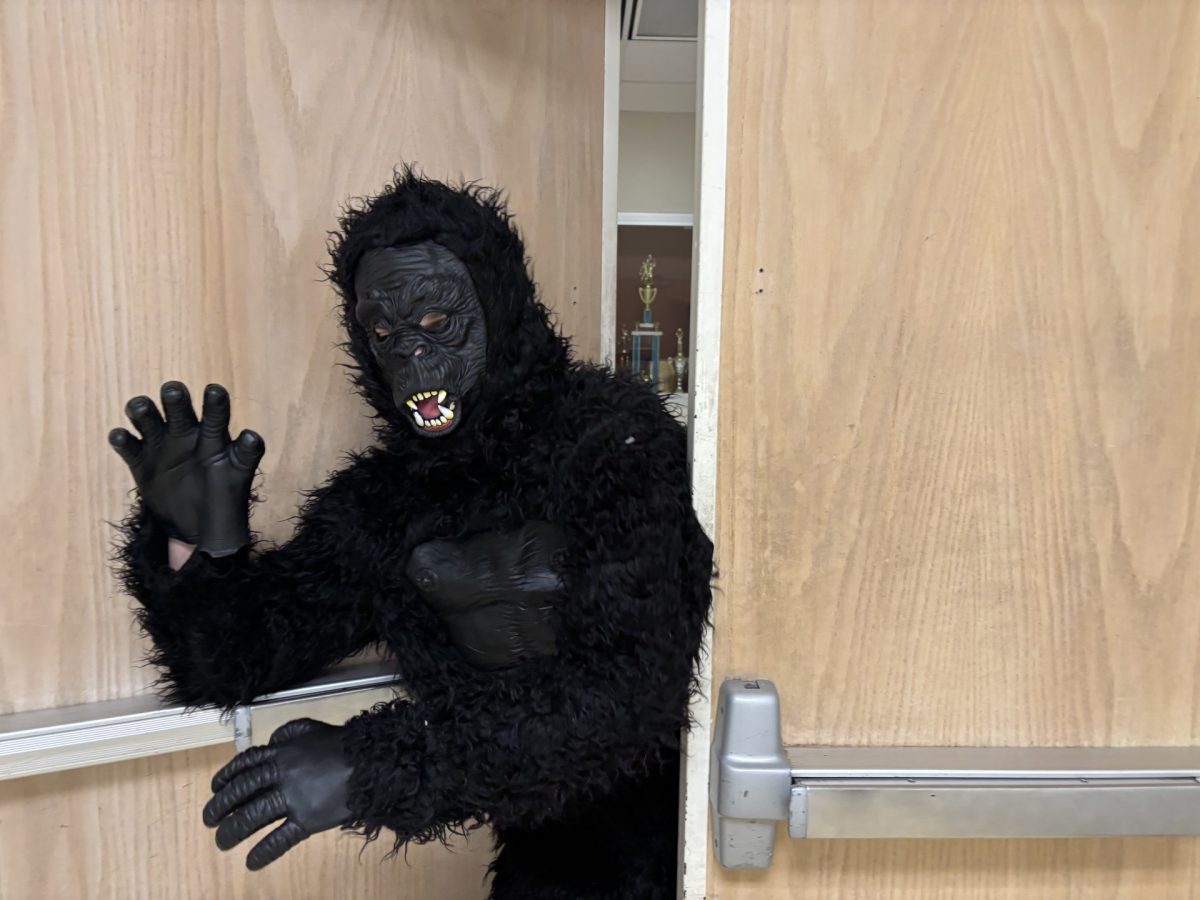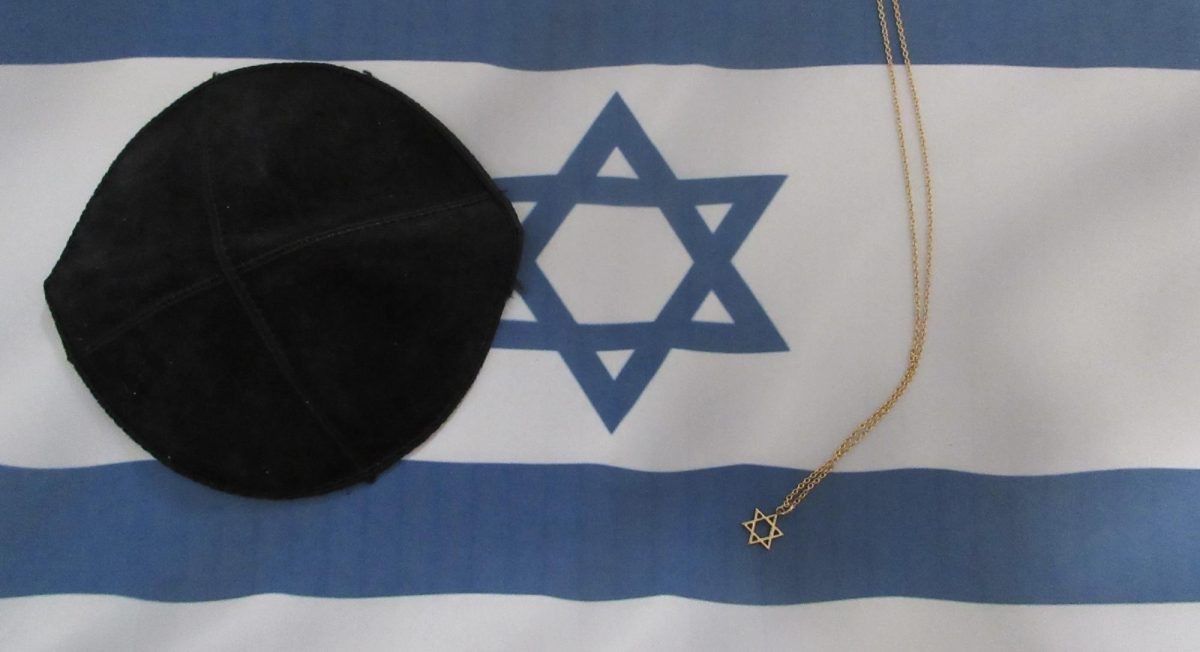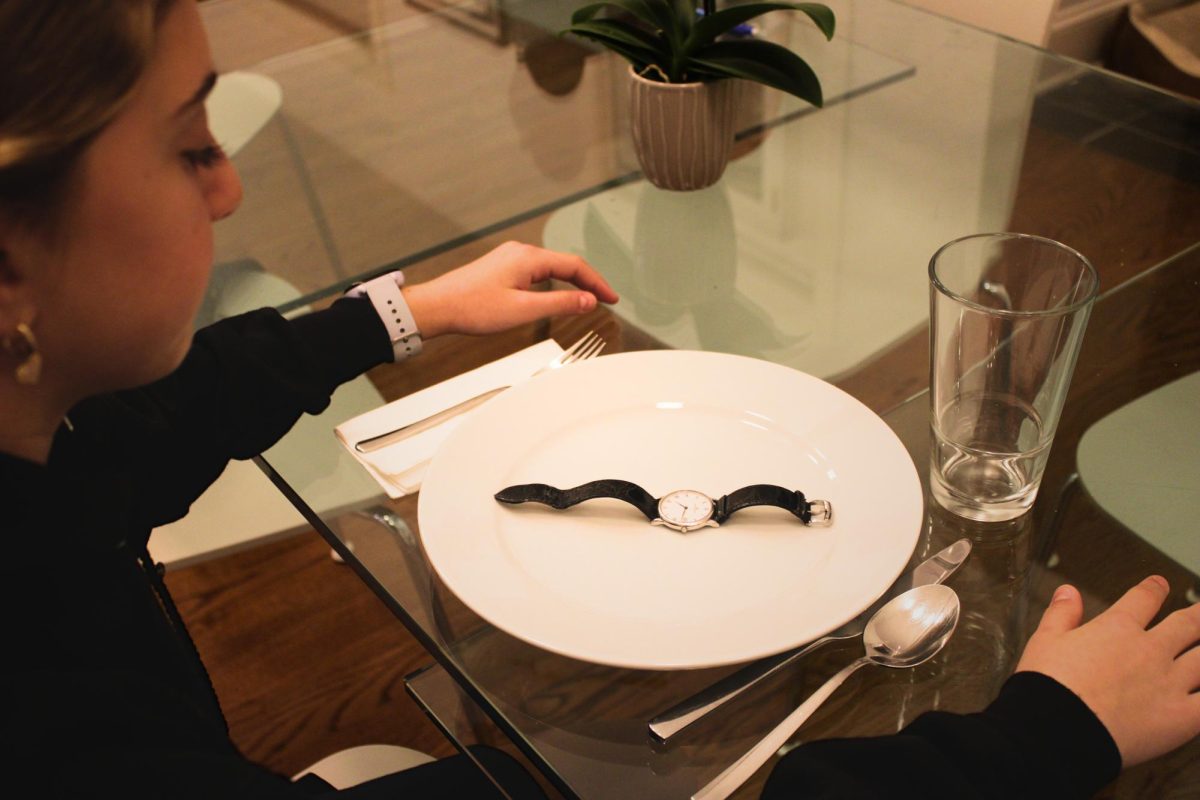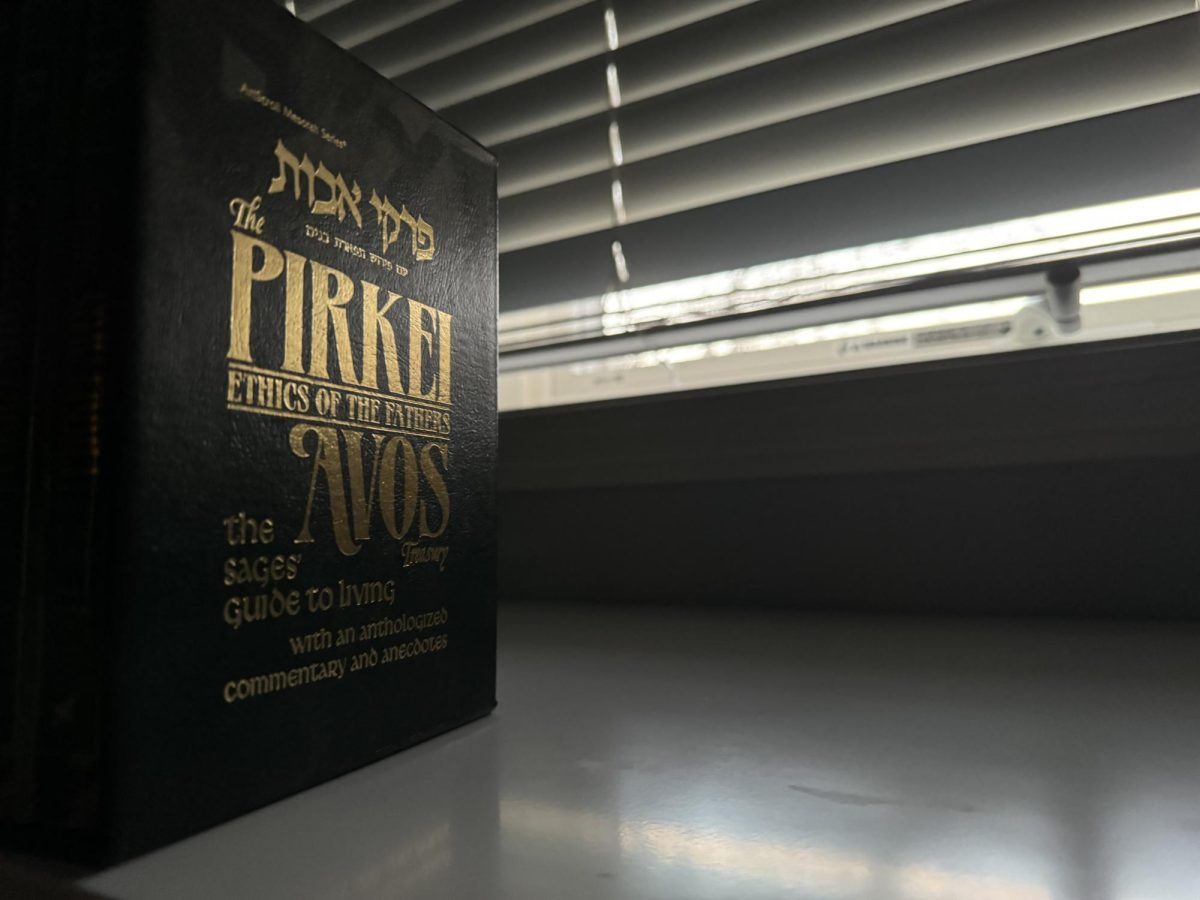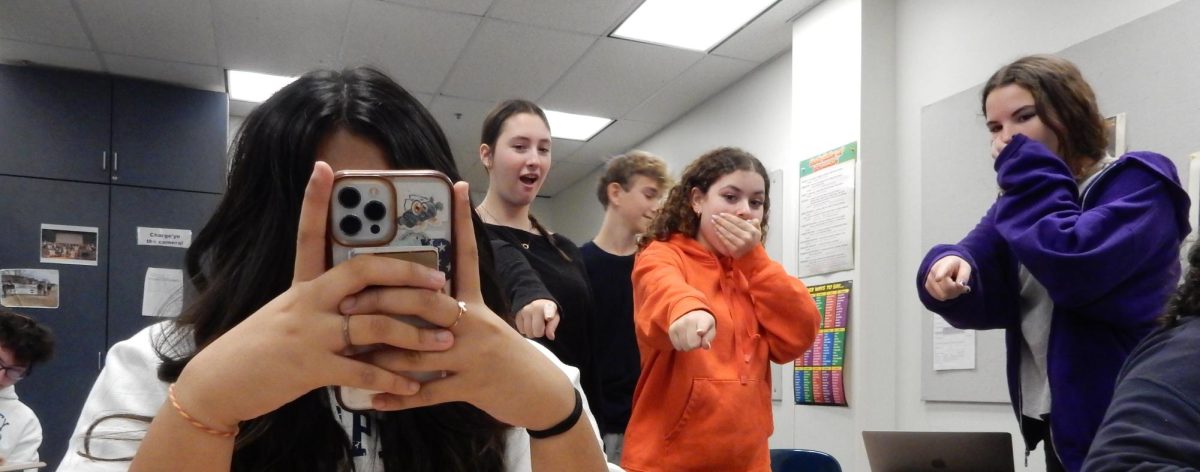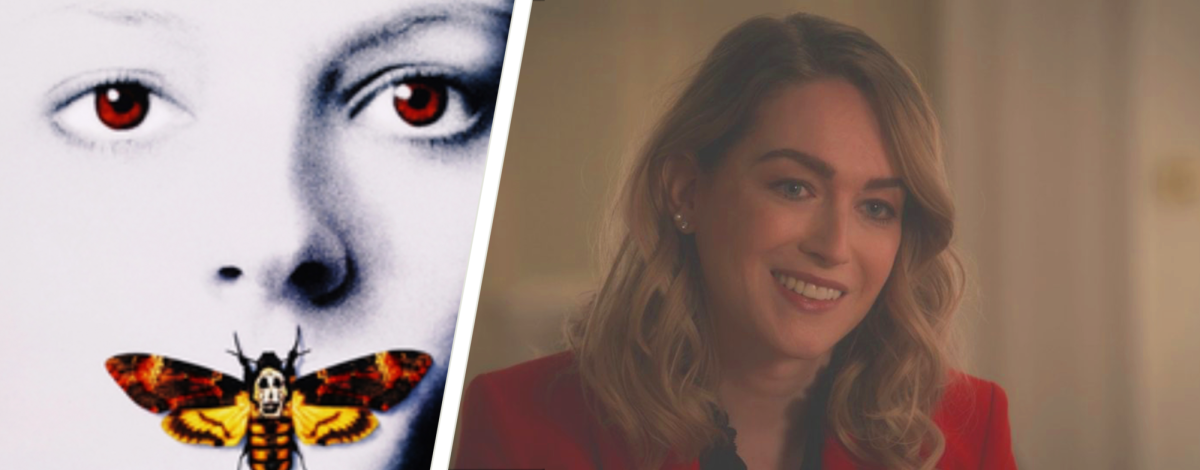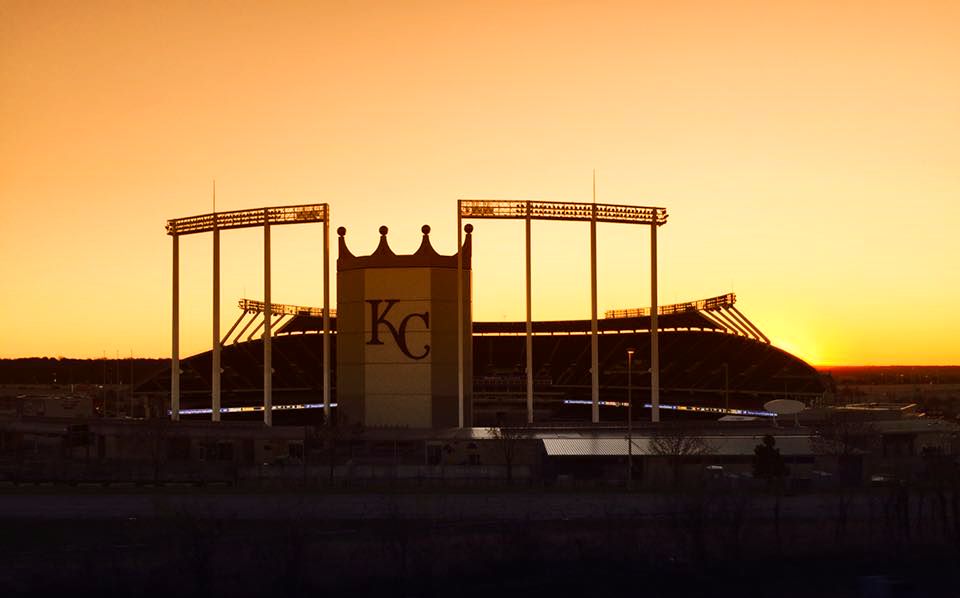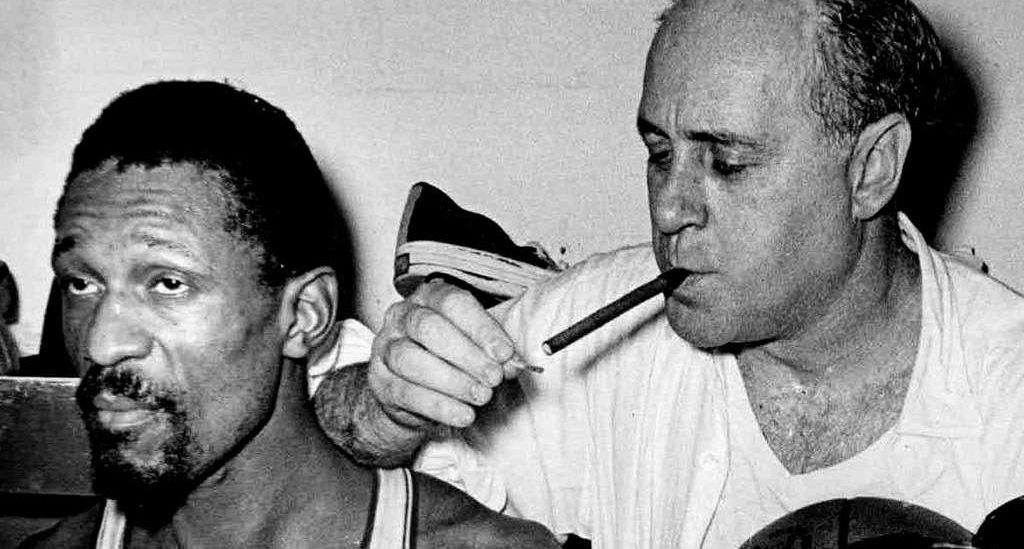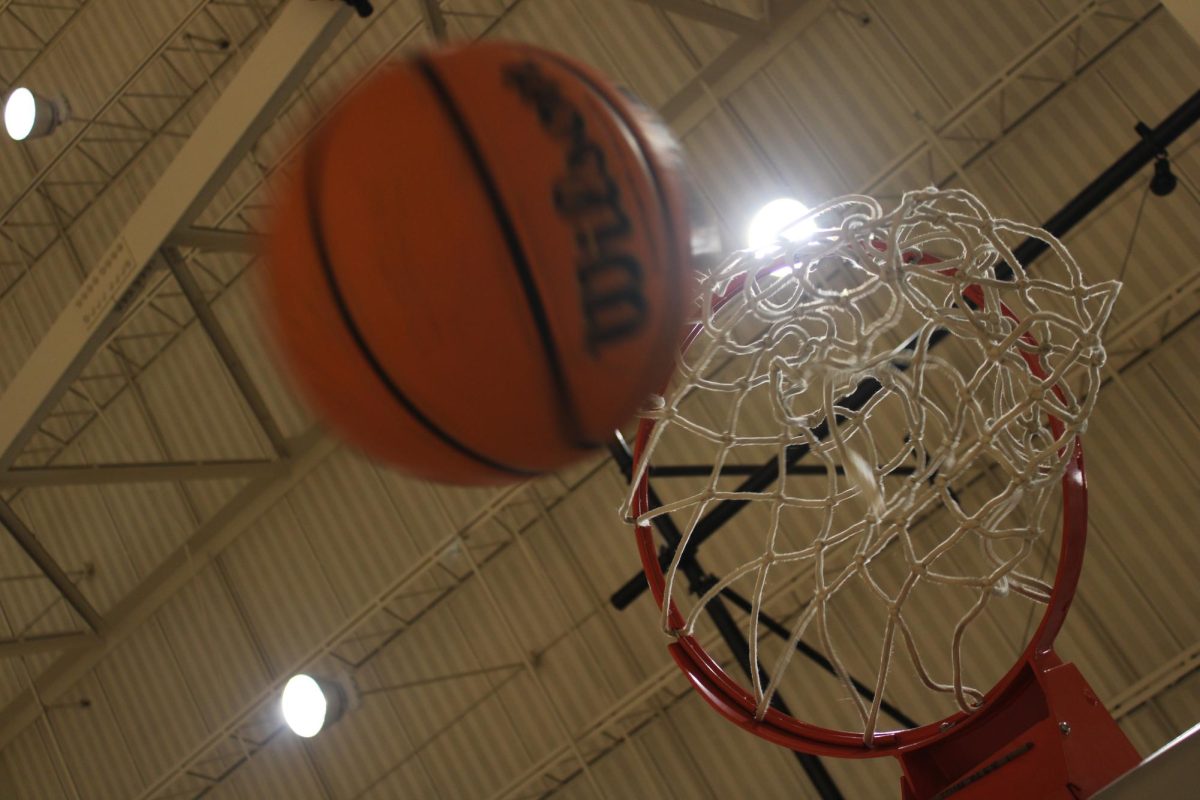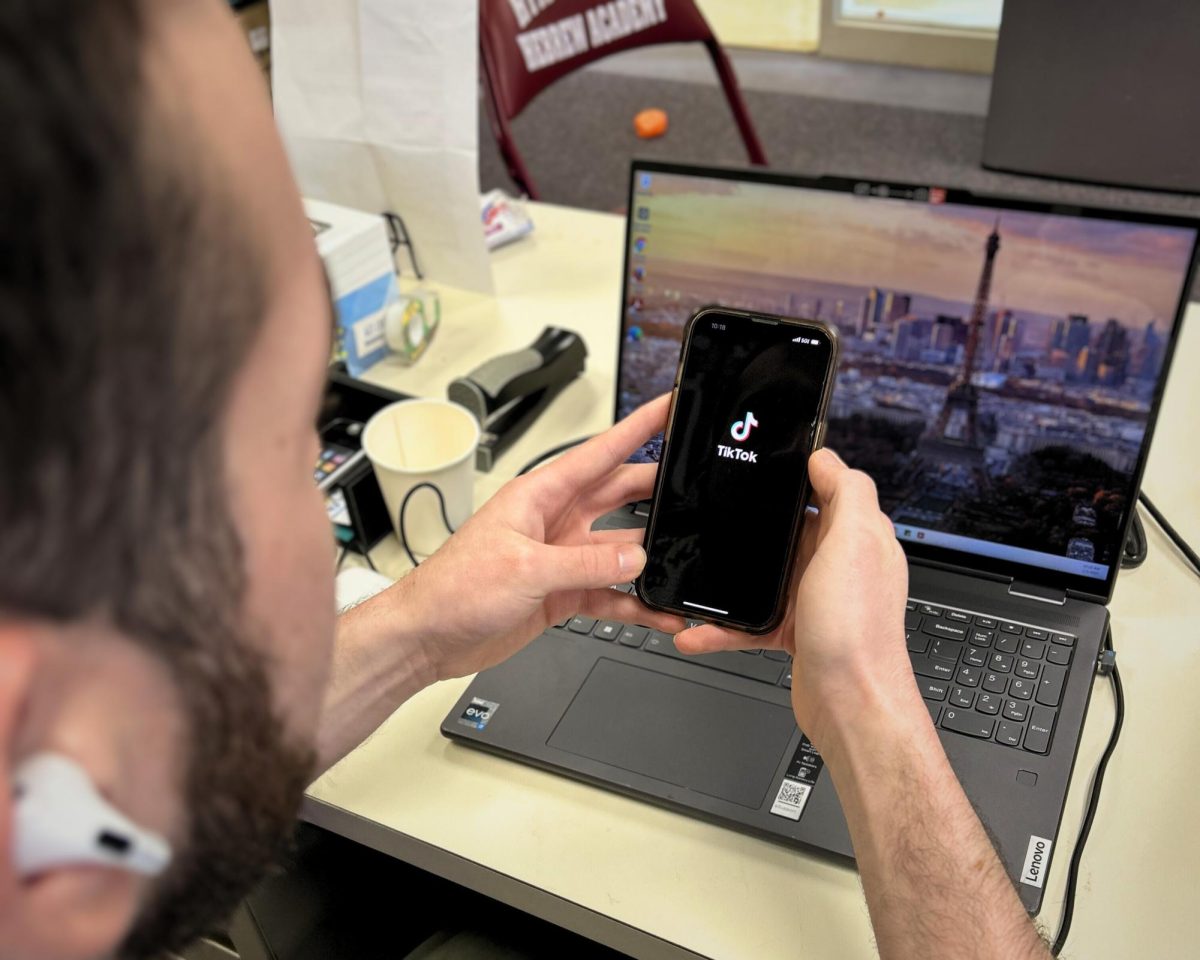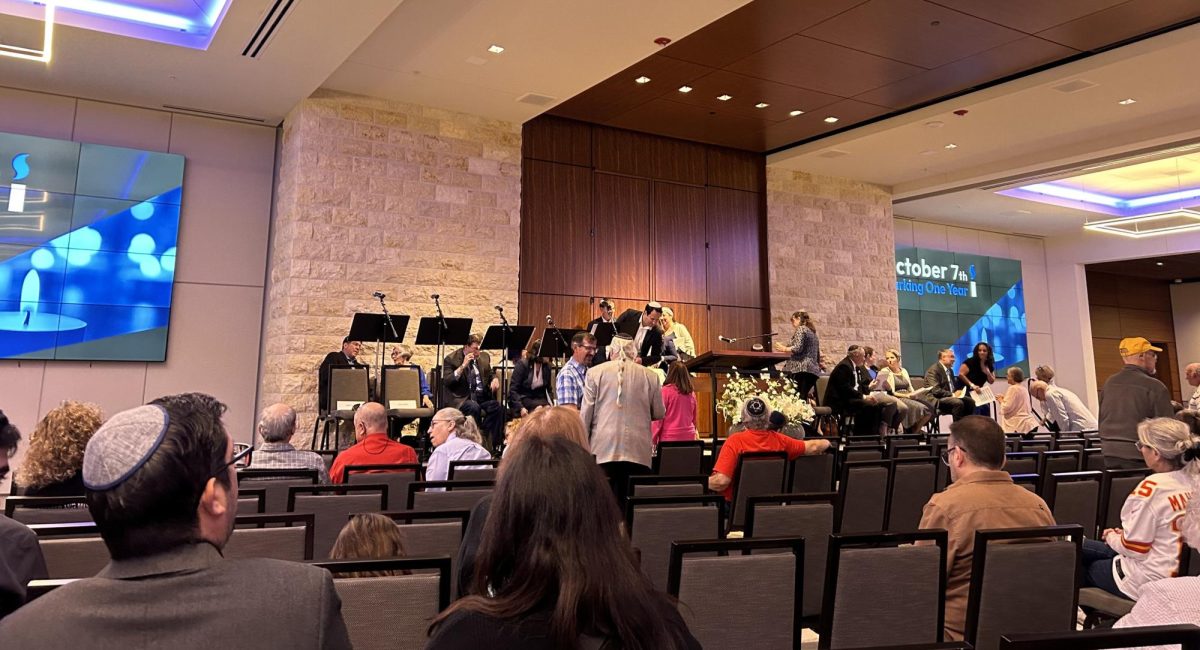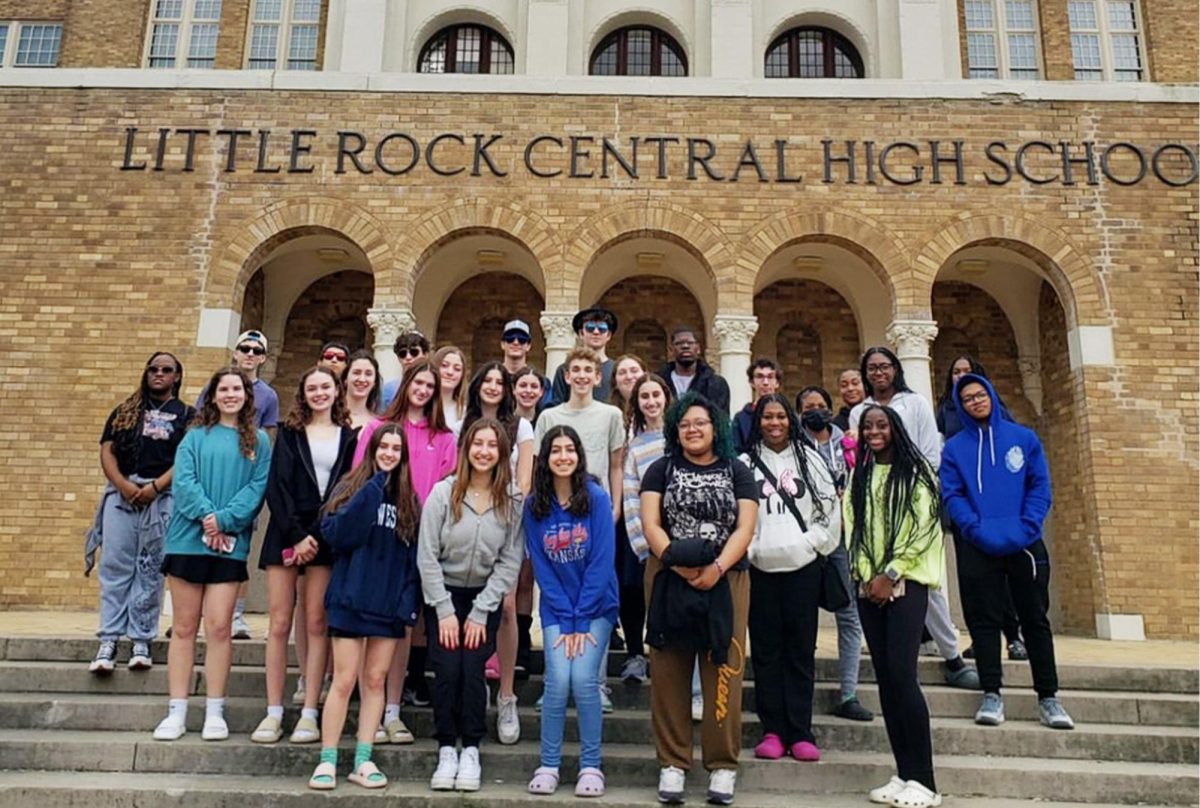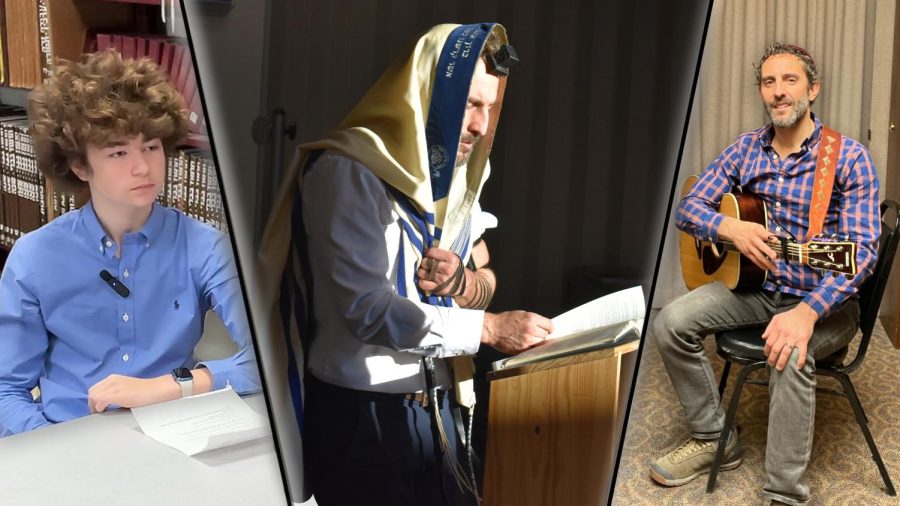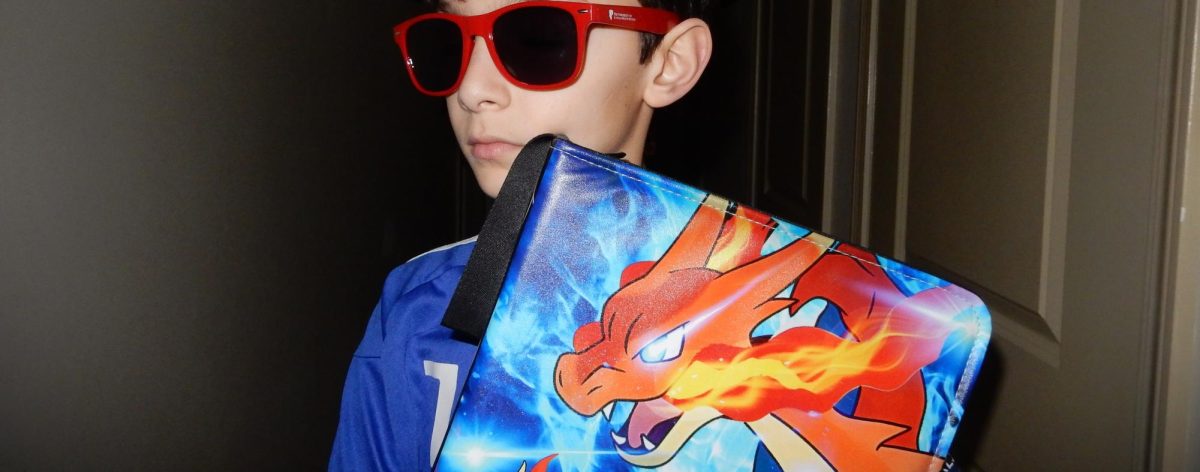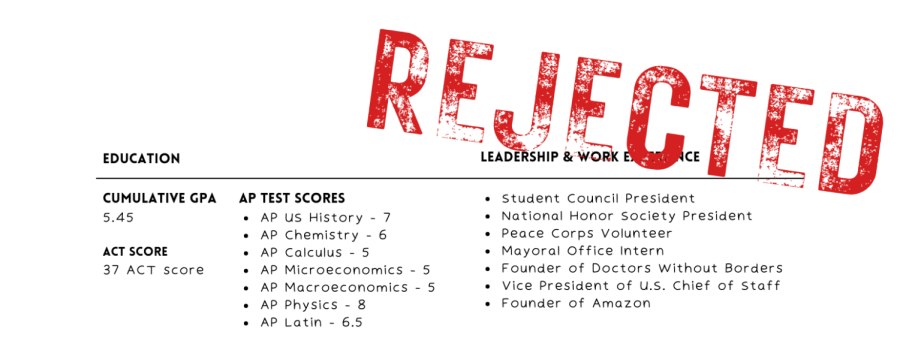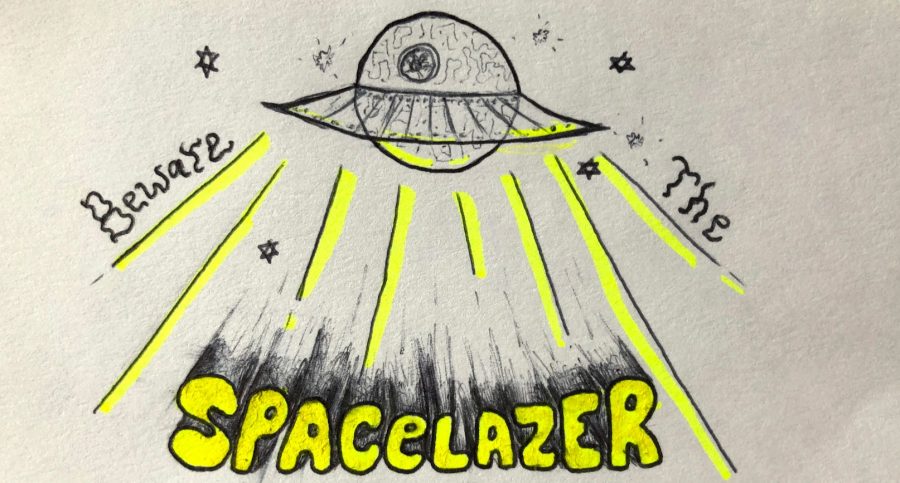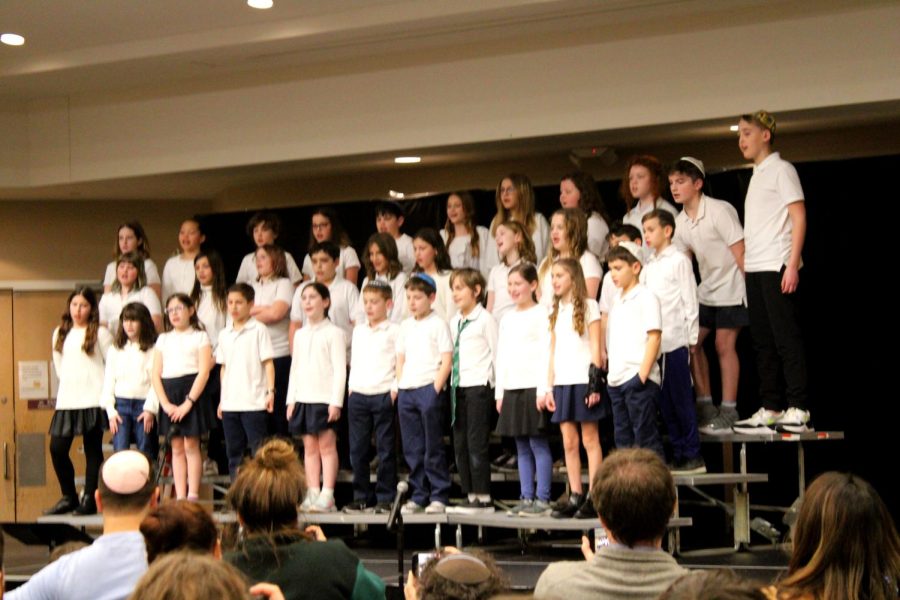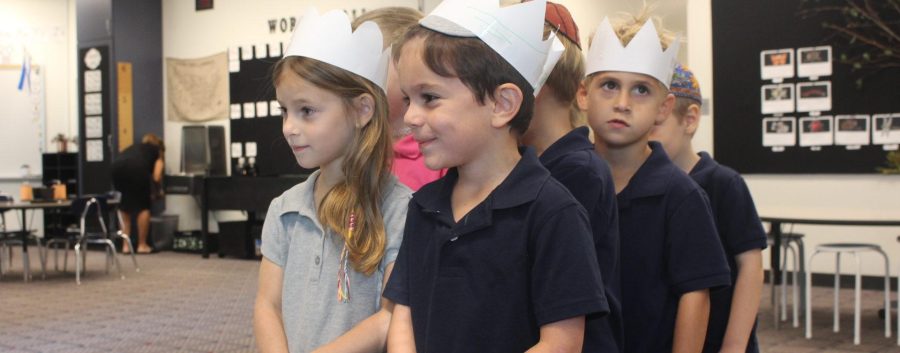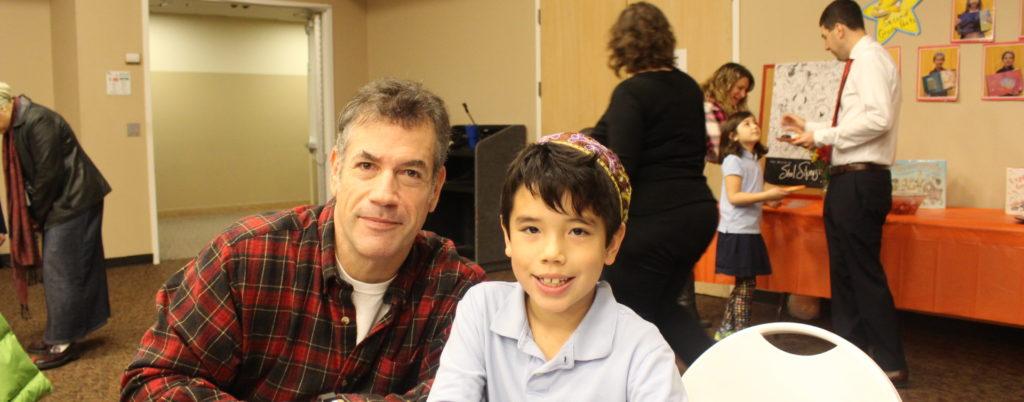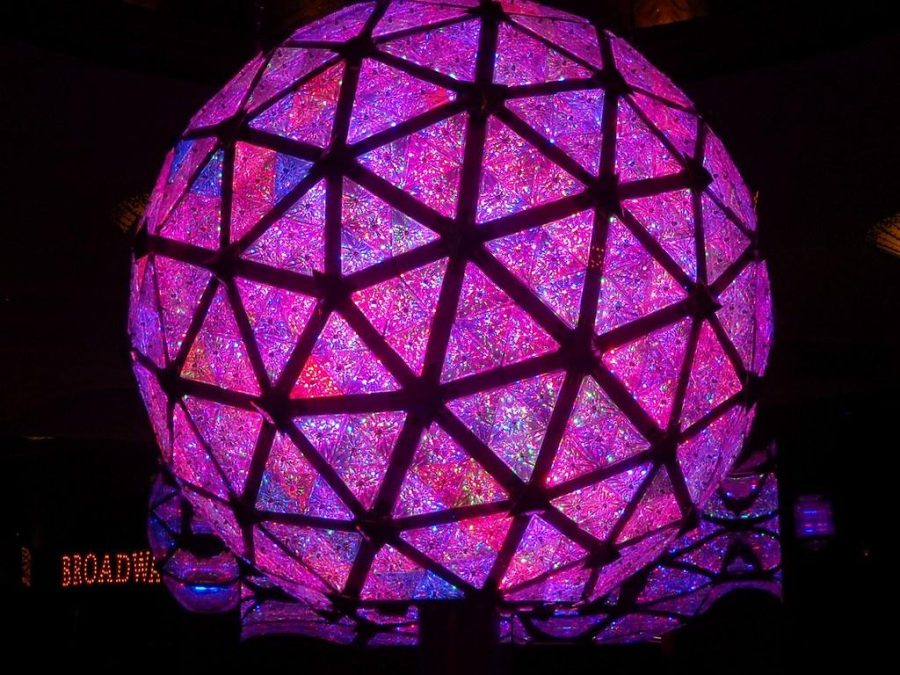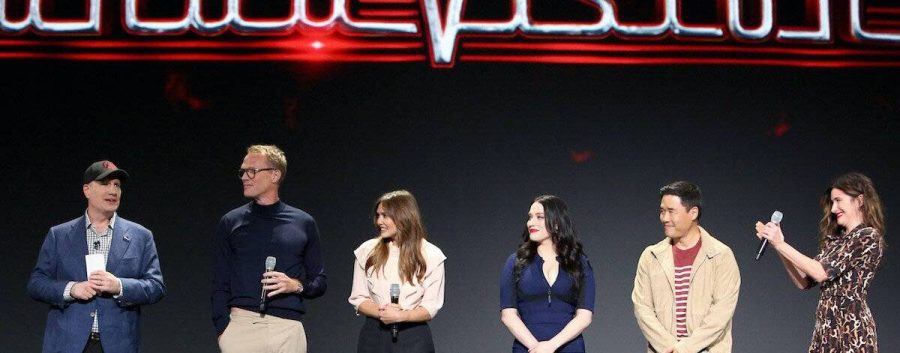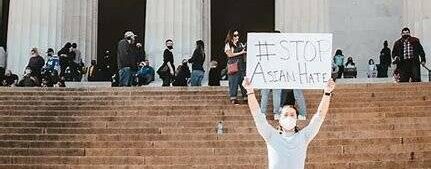Slider photo from Flickr.
Each year on Dec. 31st, thousands of people around the world gather in New York’s Times Square or by their televisions to watch a geodesic sphere that weighs 11,875 pounds drop to symbolically begin the new year. It is estimated that 1.2 billion people worldwide watch the ball drop each year on tv. But how did this tradition begin and what caused it to become such an elaborate event?
On Dec. 31, 1903, Adolph Ochs, the owner of the New York Times newspaper, wanted to celebrate the opening of their new building. He decided to have a fireworks display from the top of the building to begin the new year, and for the next four years, the fireworks signified the beginning of the year.
Then, in 1907, Ochs wanted to do something more extravagant. He decided to hire an electrician, Jacob Starr, to create a lighted ball to drop from a flagpole on top of the New York Times building. The ball for the first ever New Year’s Eve drop was a mere 5 feet in diameter, but it weighed 700 pounds. It was made of iron and wood, and it was lit up with 100 25-watt light bulbs inside.
For a majority of the Twentieth Century, Starr’s company, Artkraft Strauss, was responsible for the ball drop. Throughout the last 112 years since the first ever ball drop, however, the ceremony and the ball itself have undergone numerous changes.
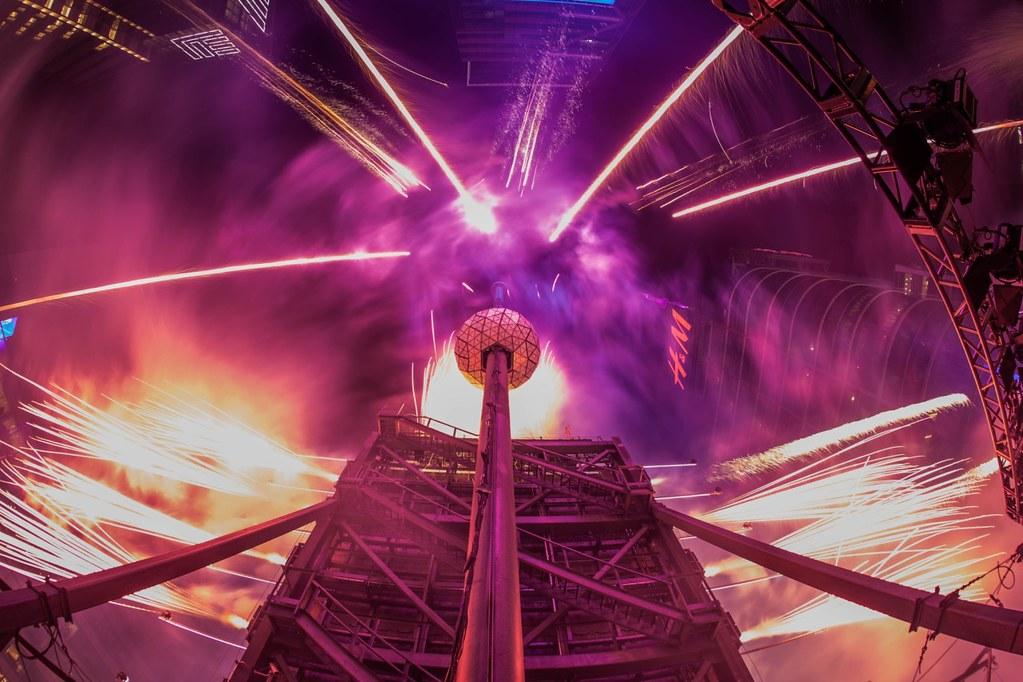
In 1920, the ball changed for the first time. The new ball weighed 400 pounds and was made completely out of iron. This new ball was not used in 1942 and 1943, this was due to World War II, when no lights were allowed in New York City.
Even though the ball drop ceremony did not occur, thousands of people still gathered in Times Square. Instead of watching the ball drop, the new year began with a moment of silence and the ringing of chimes.
The next change was in 1955. The new ball weighed only 150 pounds and was made of aluminum. Then, in 1981, the ball changed yet again. The ball now took the shape of an apple with red lights and a green stem for the “I Love New York” campaign.
In 1995, the ball returned to its original white lights, but it became more elaborate than ever. The new ball was made from aluminium, and it also was covered in rhinestones, used strobes, and was controlled by a computer system.
To start off the new century in 2000, the ball was upgraded with all the latest technology by Waterford Crystal and Philips lighting. It was a glowing crystal ball decked out with the updated lighting technology that was used to begin the 2000s.
For the 100th annual New Year’s Eve ball drop in 2007, the new ball was made from state of the art LED lighting technology. This new technology allowed new color capabilities and brighter lights.
Finally, in 2009, a permanent Big Ball was made that is remains in place in Times Square the entire year. This permanent ball is 12 feet in diameter, weighs 11,875 pounds, and is covered with 2,688 Waterford Crystal triangles.
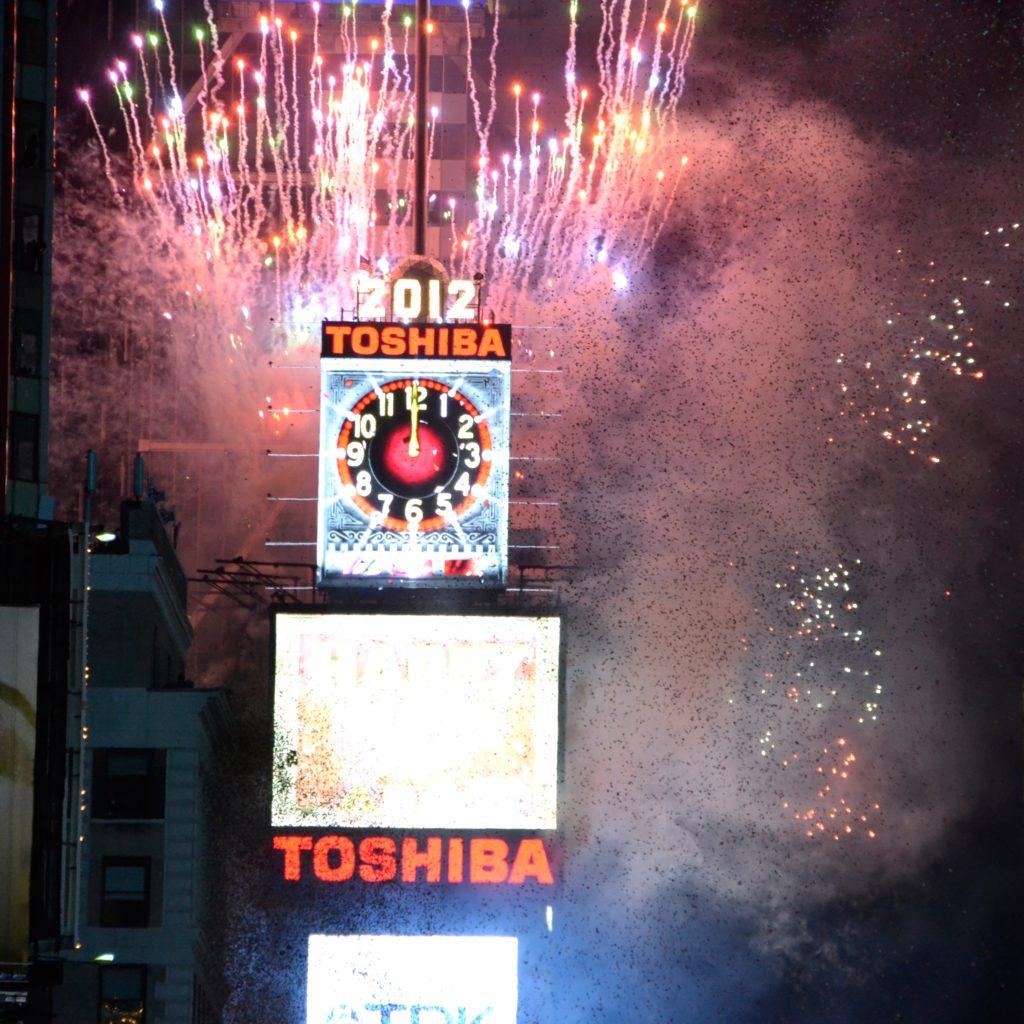
There are other New Years traditions and celebrations around the world. Here in Kansas City, some of the most popular events include New Year’s Swingin Eve at Union Station, the New Year’s Eve Party at the View, or even NYE Live! in Power and Light District.
Because of Adolph Ochs’ desire for an extraordinary and jaw-dropping New Years celebration, for the last 112 years, New Year’s Eve in Times Square has been one of the most largely viewed and televised events. Even from thousands of miles away, and in the comfort of one’s own home, billions of people around the world start the new year by watching a ball in Times Square drop.


